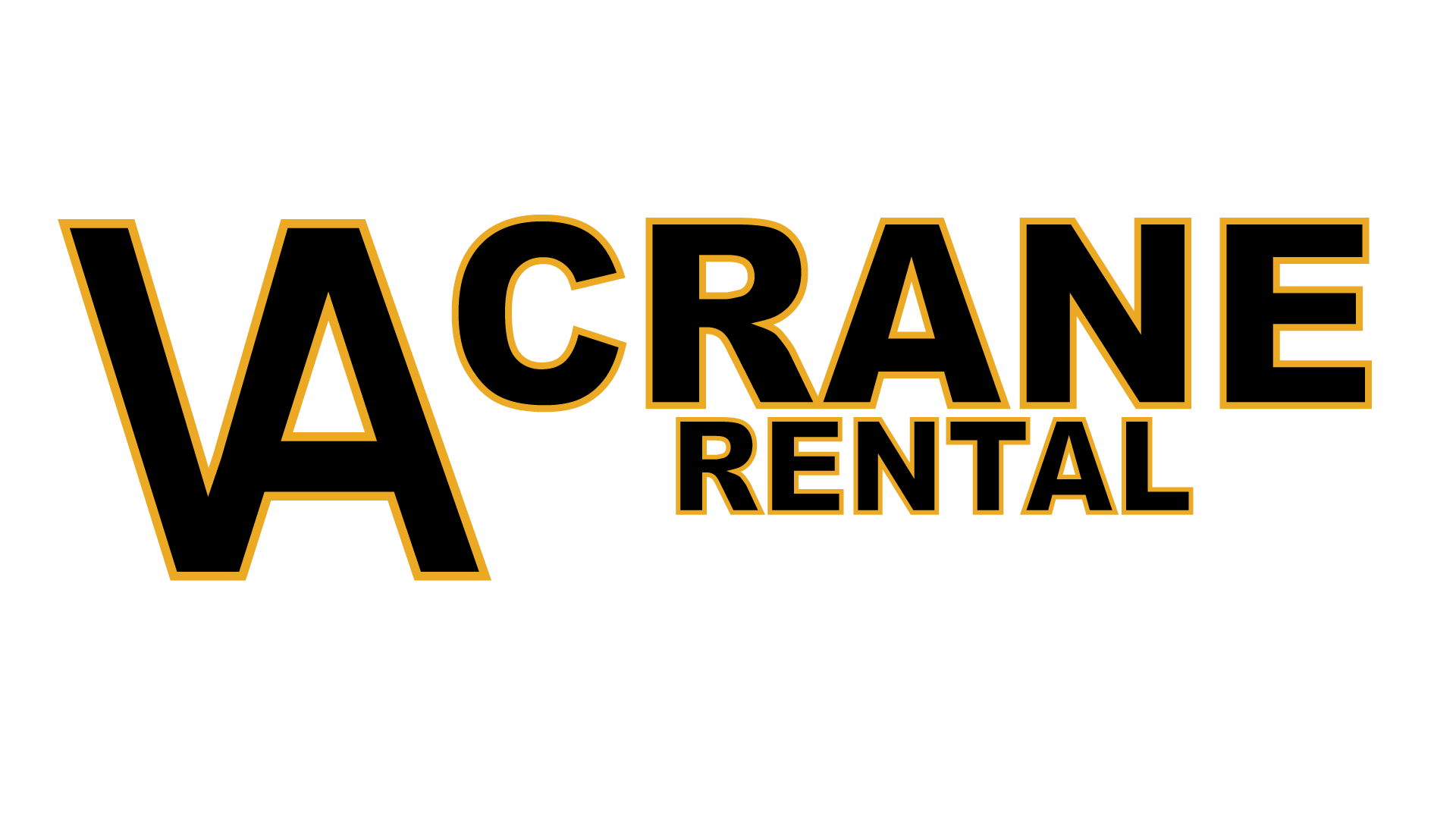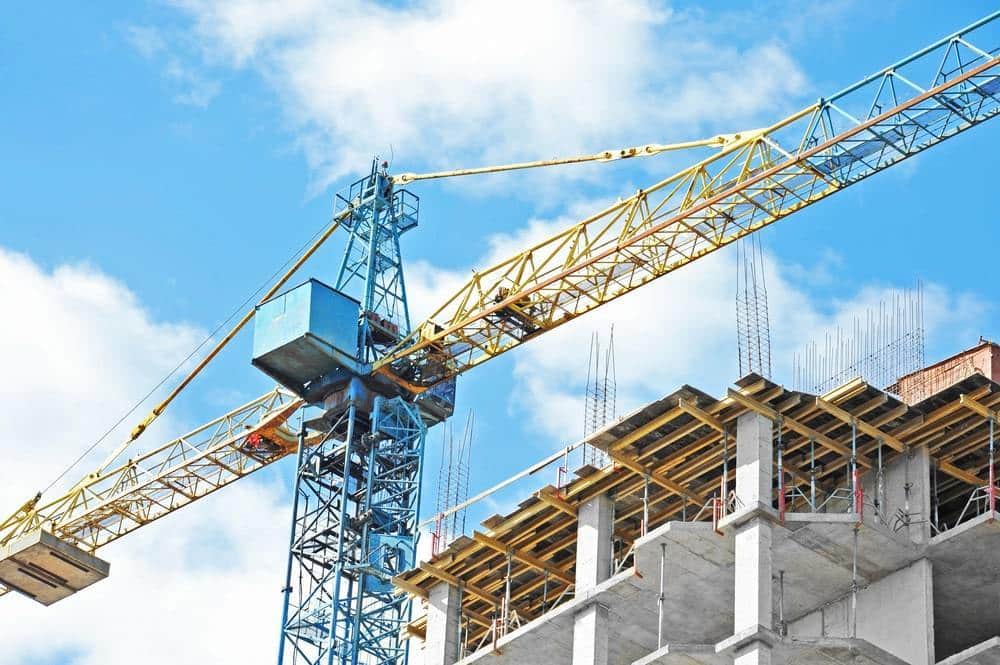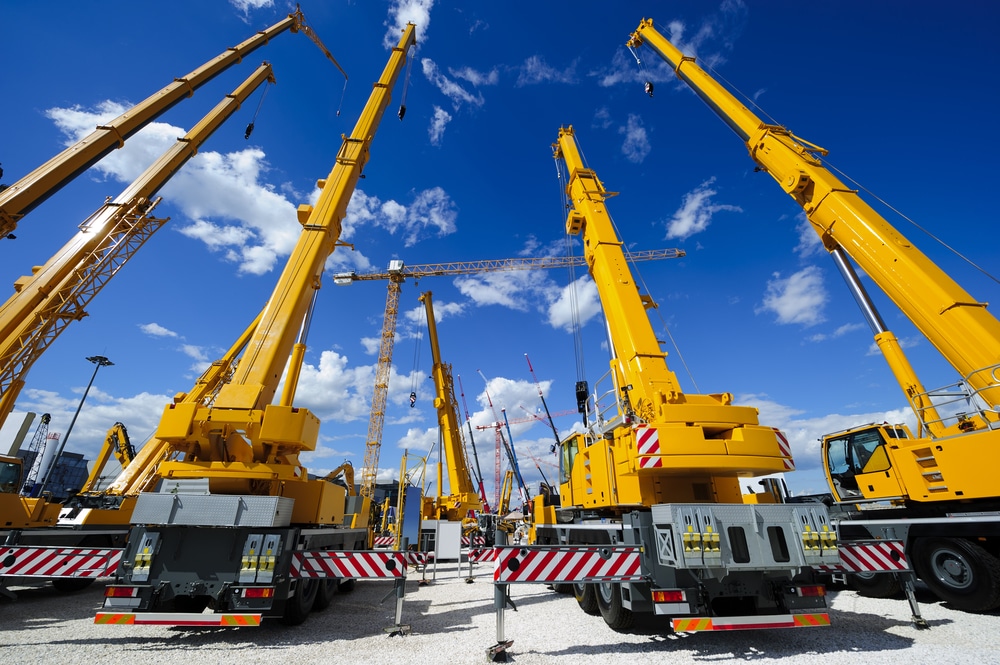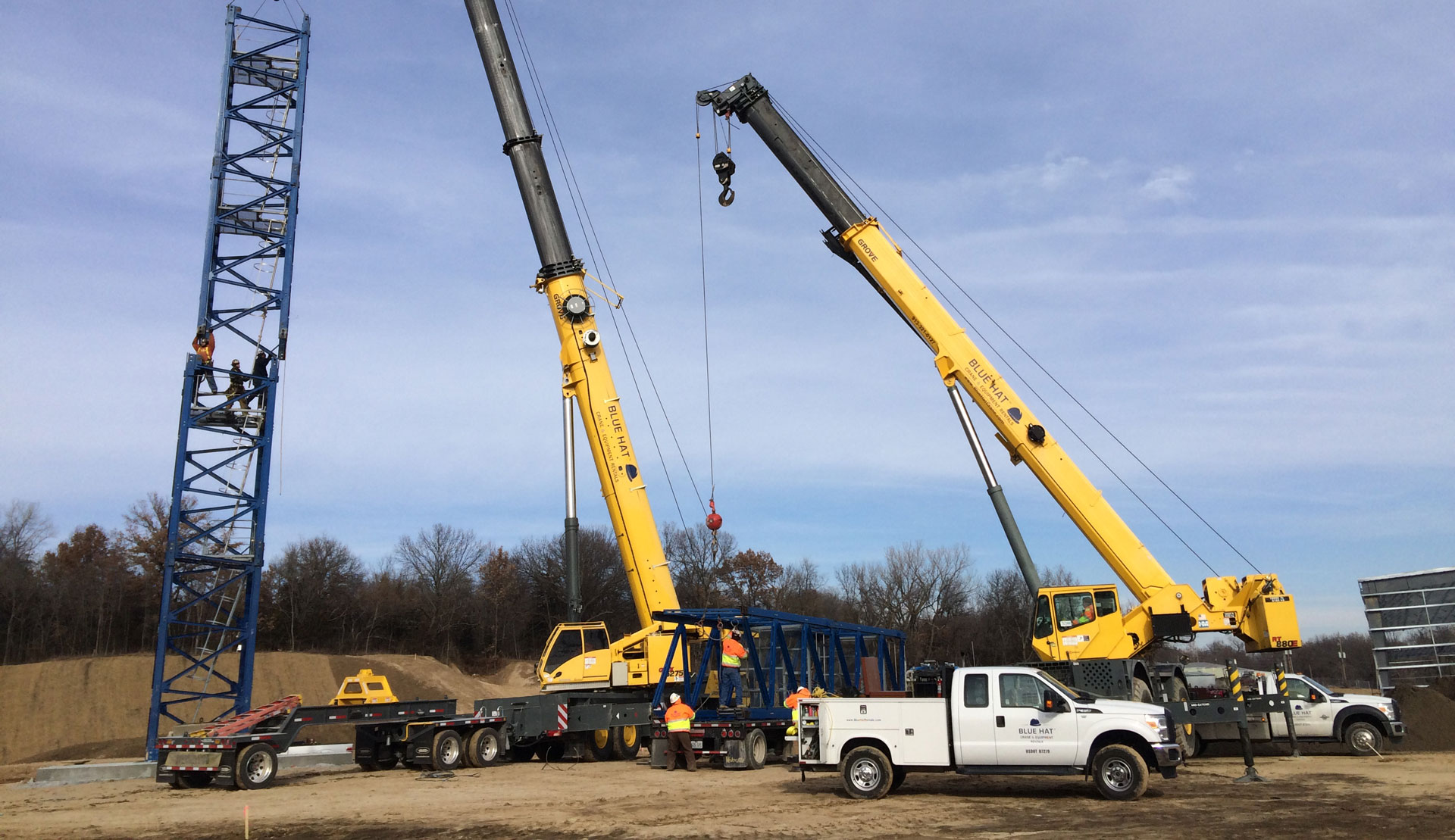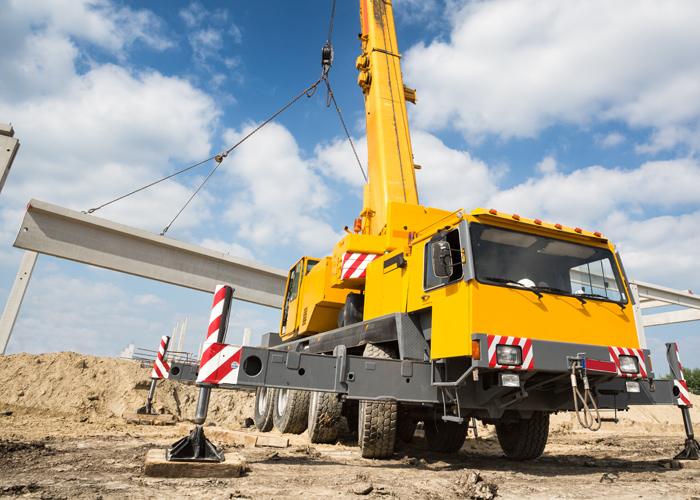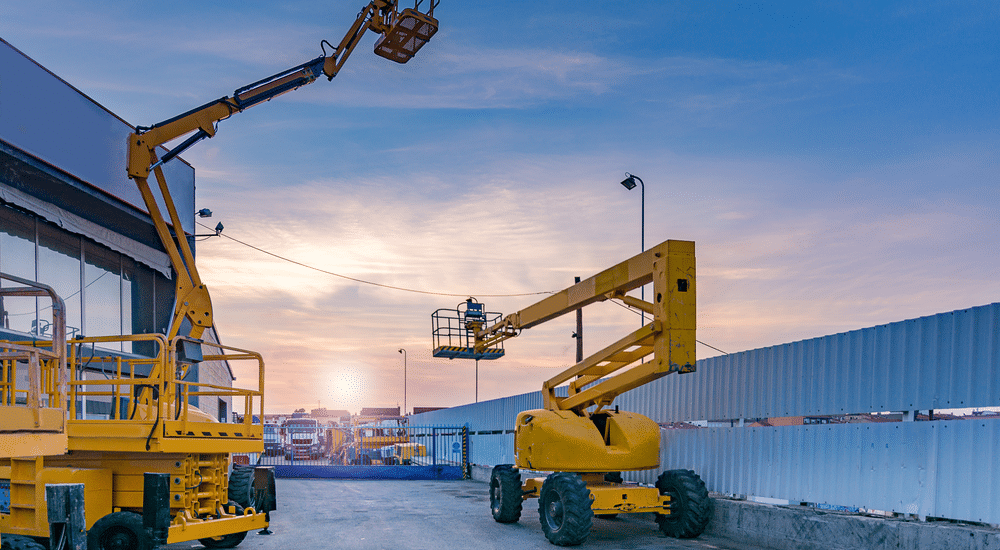In the world of construction and heavy industry, the sight of towering cranes lifting massive loads is a common spectacle. Yet, behind every successful lift lies a team of unsung heroes – crane riggers. These skilled professionals are the backbone of heavy lifting operations, orchestrating intricate maneuvers with precision and expertise. In this blog post, we shine a spotlight on the vital role of crane riggers and explore the indispensable services they provide.
- Expertise and Experience: Crane rigging is a specialized field that demands a high level of expertise and experience. Riggers undergo rigorous training and certification to master the intricacies of lifting heavy loads safely and efficiently. From understanding load dynamics to calculating rigging configurations, these professionals possess the knowledge and skills required to tackle the most complex lifting challenges.
- Rigging Planning and Preparation: Before a crane can lift a load, meticulous planning and preparation are essential. Crane riggers play a crucial role in this process, collaborating closely with engineers, project managers, and crane operators to develop comprehensive rigging plans. They assess site conditions, analyze load requirements, and select the appropriate rigging equipment to ensure a smooth and successful lift. By meticulously planning every aspect of the rigging process, they mitigate risks and maximize efficiency.
- Rigging Equipment Selection and Inspection: Selecting the right rigging equipment is paramount to the success of a lifting operation. Crane riggers are responsible for choosing the appropriate slings, shackles, cables, and other rigging gear based on the specific requirements of the lift. They meticulously inspect each component for signs of wear, damage, or defects to ensure compliance with safety standards. By adhering to strict quality control protocols, they safeguard against equipment failure and ensure the integrity of the lift.
- Load Rigging and Positioning: Once the rigging plan is in place and the equipment is inspected, crane riggers proceed with rigging the load. This involves attaching the rigging gear to the load in a manner that distributes weight evenly and minimizes stress on the crane and rigging components. With precision and attention to detail, riggers adjust sling angles, apply hitch configurations, and secure the load to prepare it for lifting. By carefully positioning the load, they optimize stability and control throughout the lifting process.
- Safety and Risk Management: Safety is paramount in crane rigging operations, and riggers are trained to prioritize the well-being of personnel and property at all times. They adhere to strict safety protocols and regulations, conduct thorough risk assessments, and implement safety measures to mitigate potential hazards. Constant vigilance, effective communication, and teamwork are central to ensuring a safe and incident-free lifting operation.
Conclusion: Crane riggers are the unsung heroes of heavy lifting, whose expertise, experience, and dedication ensure the success of construction projects around the world. From meticulous planning and preparation to precise rigging and safety management, these skilled professionals play a vital role in every lifting operation. As the backbone of heavy lifting, crane riggers exemplify excellence and professionalism, driving innovation and progress in the construction industry.

